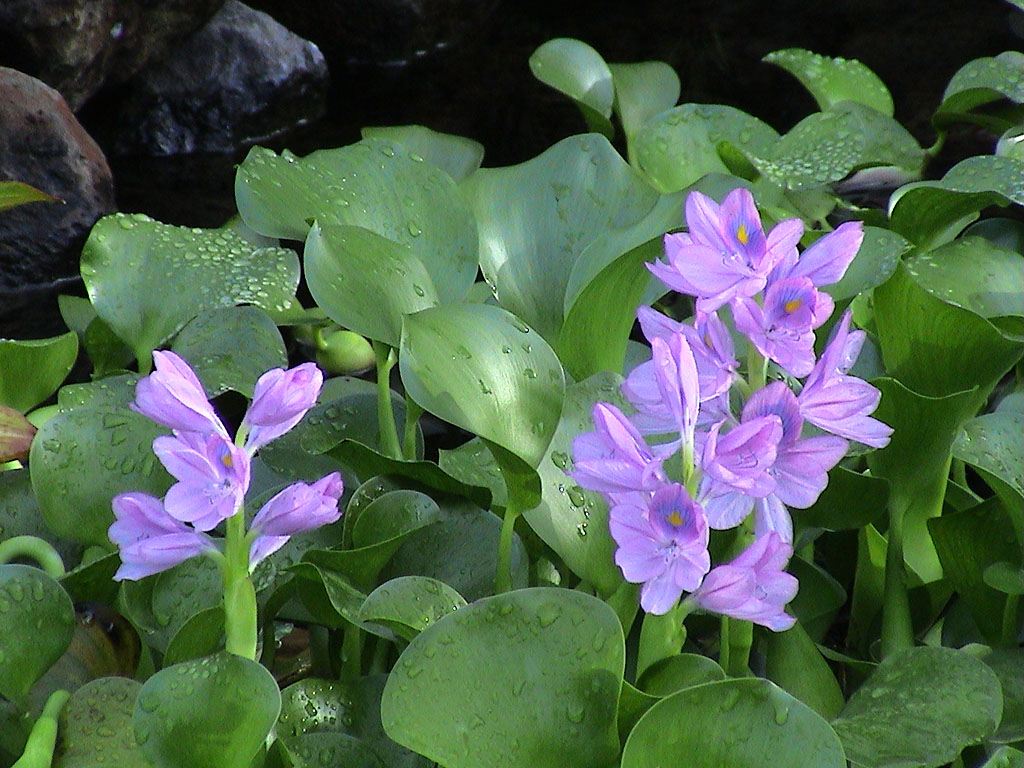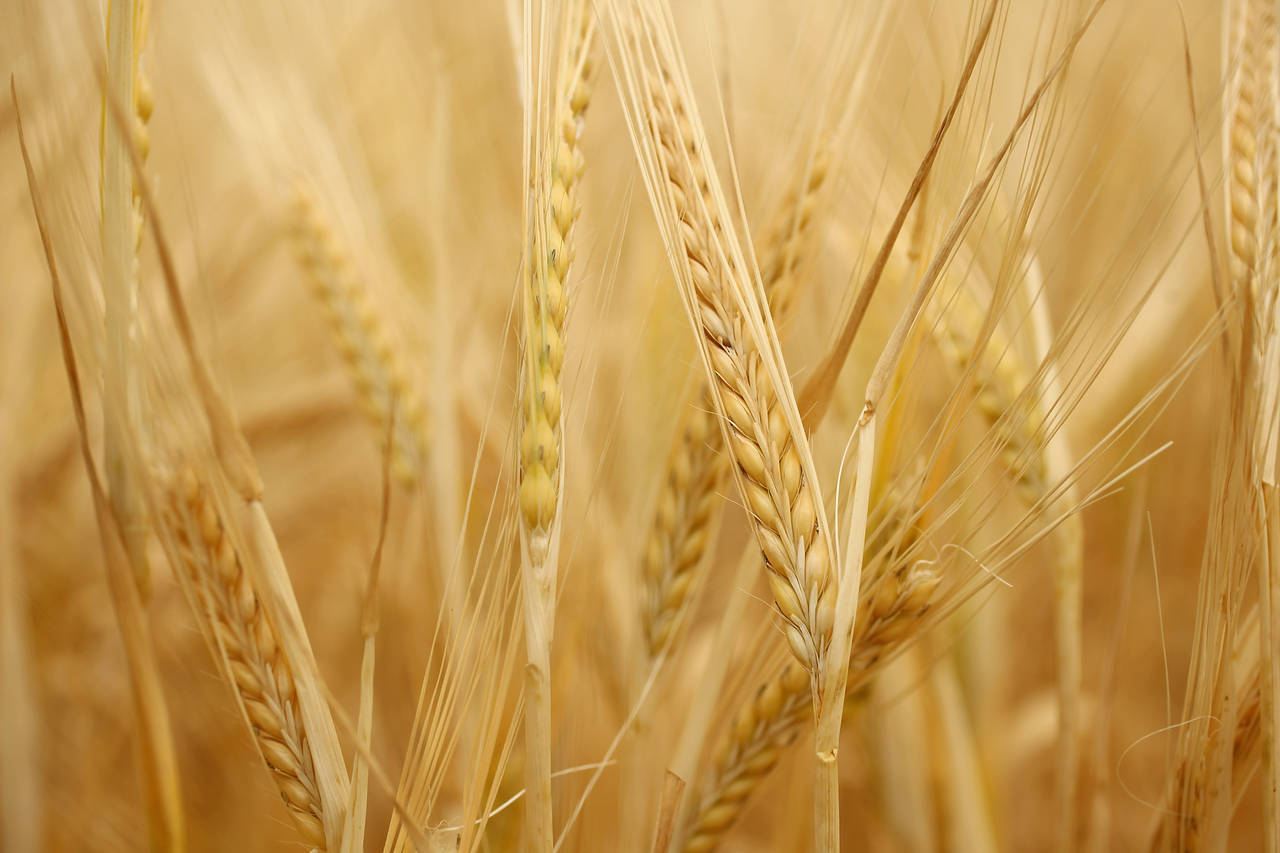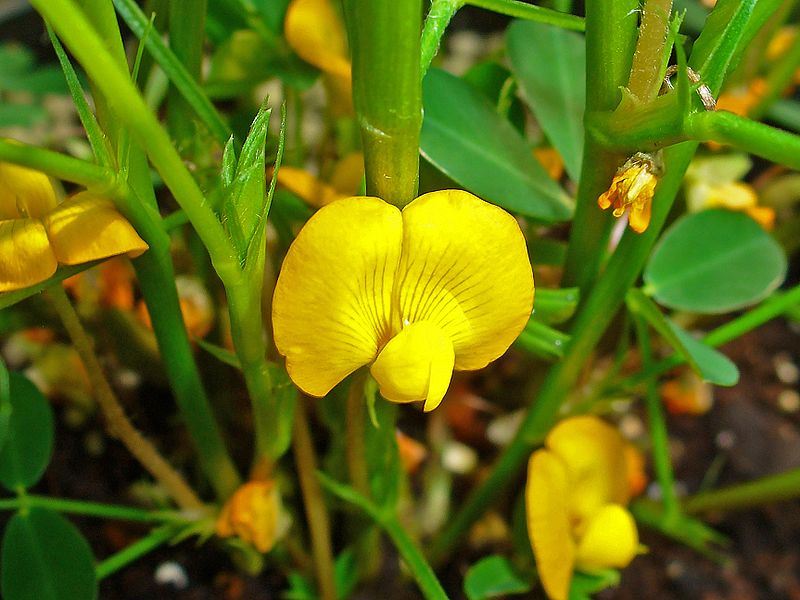 Tony Sudjarwo, Nisyawati, Nia Rossiana and Wibowo Mangunwardoyo
Tony Sudjarwo, Nisyawati, Nia Rossiana and Wibowo Mangunwardoyo
Biology Department, Faculty of Mathematics and Natural Sciences, Universitas Indonesia, Depok, Indonesia
Biology Department, Faculty of Mathematics and Natural Sciences, Universitas Padjadjaran, Bandung, Indonesia
Key words: Domestic wastewater, Eichhornia crassipes, Growth, Pistia stratiotes.
Abstract
Domestic wastewater containing ammonia and phosphate are the main pollutants of toxin. Its affects the growth of aquatic plants, including of Eichhornia crassipes and Pistia stratiotes. The plants were placed outlet in anaerob, facultative, and maturation ponds in Wastewater Treatment Plant (WWTP) Bojongsoang, Bandung. Continue reading The growth of water hyacinth (Eichhornia crassipes (Mart.) Solms) and water lettuce (Pistia stratiotes L.) in domestic wastewater in wastewater treatment plant (WWTP) bojongsoang, Bandung, Indonesia – JBES



